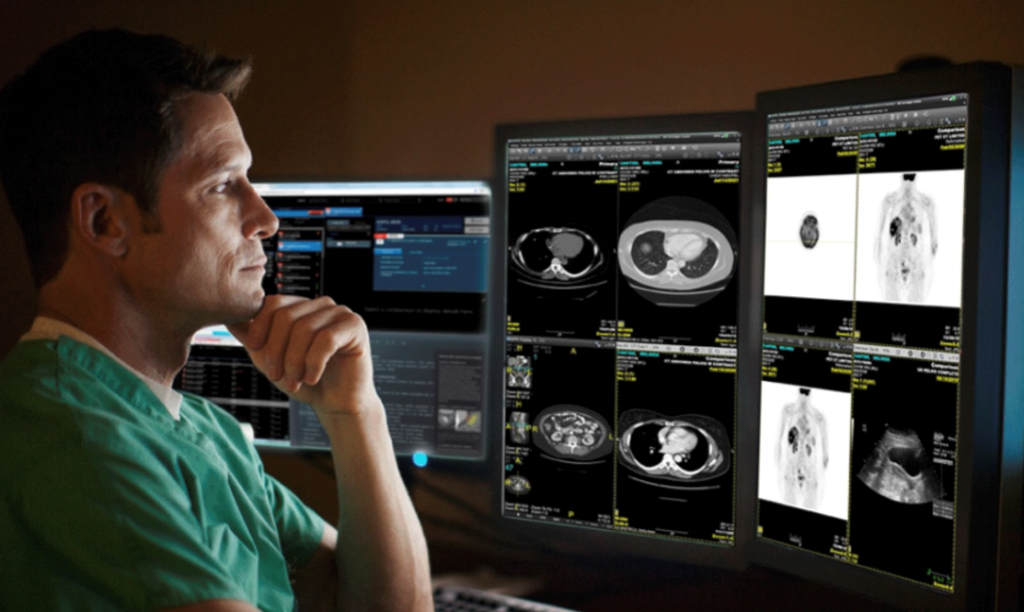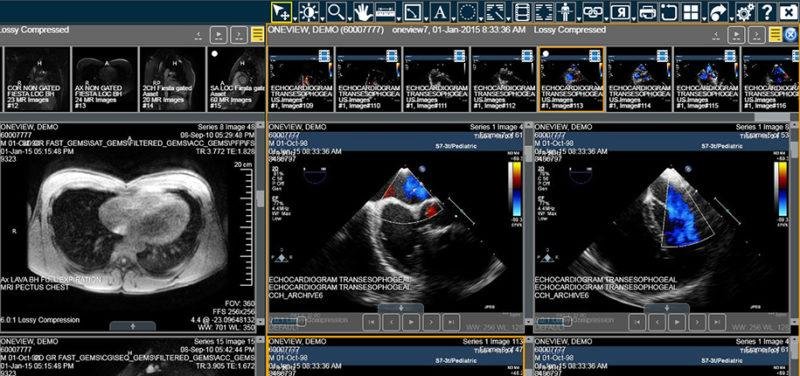As medical institutions increasingly digitize patient health information into formats like medical imaging data, properly securing these sensitive records is imperative.
Beyond intrinsic privacy concerns, healthcare organizations must uphold various regulatory standards related to compliant data governance.
This guide will detail pragmatic methods for guaranteeing security compliance when processing patient data across domains like storage, transmission, and access control.
Understand HIPAA and Privacy Mandates
The first step towards compliant sensitive data handling is internalizing various health privacy regulations, principally the Health Insurance Portability and Accountability Act (HIPAA). Core to HIPAA is the Privacy Rule, enshrining patient rights surrounding:
- Access to medical records
- Amendment of incorrect data
- Accounting of disclosures
Organizations dealing with protected health information (PHI) like insurance firms or clinics must comply with HIPAA stipulations or risk steep penalties.
Prepare Data Security Infrastructure
Once regulatory ground rules are clear, auditing and fortifying record handling infrastructure becomes imperative before interfacing with live patient PHI.
Key aspects like encryption for data at rest or in transit, stringent access controls, and activity logging prepare environments for secure operations.
Train Staff on Proper Data Handling
With compliant data storage and transmission protocols instituted, educating personnel that directly interface with PHI is critical to avoid compliance breaches.
Areas to emphasize include:
Data access
- Authentication preceding any PHI requests
- Records accessed purely on a need-to-know basis
Transmission
- Encryption mandated for any PHI messages
- Verification of recipient identities
Administrative
- Timely reporting of any suspected breach incidents
- Locking workstations when not in use
Conduct Ongoing Audits
Beyond preliminary readiness appraisals, persistent assessments through techniques like system penetration testing, personnel quizzes on protocols, and monitoring of activity logs enable ongoing compliance health checks.
Example routine audit checklist:
| Assessment Activity | Frequency | Date Completed | Compliance Status |
| Penetration test | Quarterly | January 10 | Pass |
| Staff protocol quiz | Biannual | March 30 | Fail – retraining needed |
Detected deficiencies must elicit rapid mitigation responses to close vulnerabilities before incidents arise.
Follow Patient Access Request Procedures
HIPAA grants patients access rights to PHI upon request; follow strict verify-first protocols before disclosure. Confirm the:
- Identity of requesting party
- Specific records requested
- Secure transfer method (e.g encryption)
Log each patient access grant, including disclosed records and transfer protocols for auditing.
Maintaining continuous regulatory compliance as a good data steward encourages patient trust in healthcare institutions when handling incredibly sensitive medical histories. Utilize the detailed security control techniques to responsibly manage sensitive data!

Frequently Asked Questions
What are some key patient data privacy regulations?
HIPAA is the main health data privacy rule in the US, giving patients control over medical record access and restricting mishandling of protected health information. The GDPR in the EU also governs patient consent for data usage.
How often should compliance audits be performed when handling sensitive patient data?
Experts recommend conducting audits encompassing system penetration tests, staff knowledge checks, and activity log reviews on at least a quarterly basis to get a regular pulse on compliance health.
What should an employee do if they accidentally email unencrypted patient data to an unauthorized third party?
Report the incident immediately to the privacy officer as a potential compliance breach. Record details like the data leaked and recipient for post-mortem analysis. Perform increased staff training to prevent recurrence.
How long should access logs to patient records be retained for auditing purposes?
Per HIPAA requirements, logs tracking who accessed what patient data must be retained for at least 6 years. Regularly backing up these logs is also advised.















